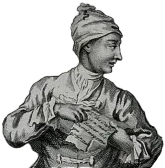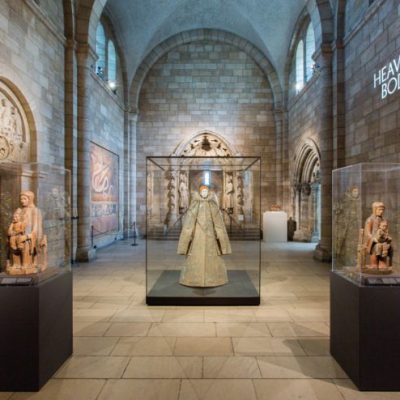Your roving correspondent has a new themed dressing-up occasion in her sights. Now that the Met Gala seems hopelessly overhyped, Rakewell’s attention has been caught by an event on the second Thursday of September rather than the first Monday of May: the Literary Costume Ball at the Library of Congress. This is, of course, a much more of-the-people affair with tickets available by lottery: ‘Whether you dress as Sherlock Holmes or The Girl with the Dragon Tattoo, Ernest Hemingway or Zora Neale Hurston, all characters and authors are welcome.’
Rakewell will leave would-be attendees to weigh up the pros of cons of adopting the guise of an author or their famous creations: closet Conan-Doyle impersonators, now is your chance! Perhaps not. While Lisbet Salander seems a perfect role model for the gothically inclined, the late Stieg Larsson seems to have played things pretty straight… In fact, it’s hard to think of any contemporary authors who could provide much in the way of sartorial inspiration. Rakewell was, however, once in conversation with a much-feted author at a book-prize party when a complete stranger approached the literary wunderkind and – no permission sought – knelt on the ground to feel what her dress was made of: ‘I just had to feel your dress.’ If you say so.
It may be safer for all concerned to take direct inspiration from writers of the past. To this end, Rakewell is looking forward to the publication of Jane Austen’s Wardrobe by Hilary Davidson (Yale University Press). In her previous broader study of the period, Dress in the Age of Jane Austen: Regency Fashion, Davidson pointed out that the only surviving Austen relics are ‘a pelisse, a shawl, a topaz cross, a turquoise ring and a turquoise bracelet’. Let this be a challenge to bidders for tickets to the Literary Costume Ball: keeping to this checklist might make for a chilly evening, but it would have the attraction of being thoroughly authentic.




